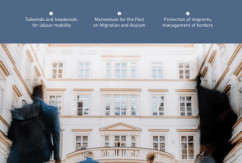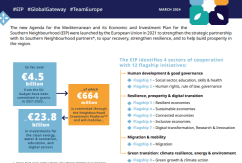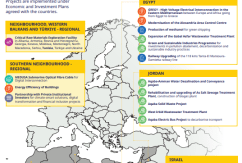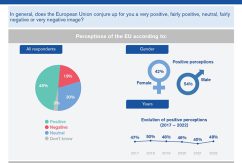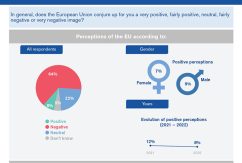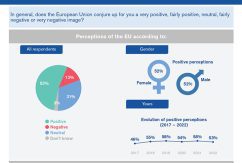Irregular migration into EU at lowest level since 2013
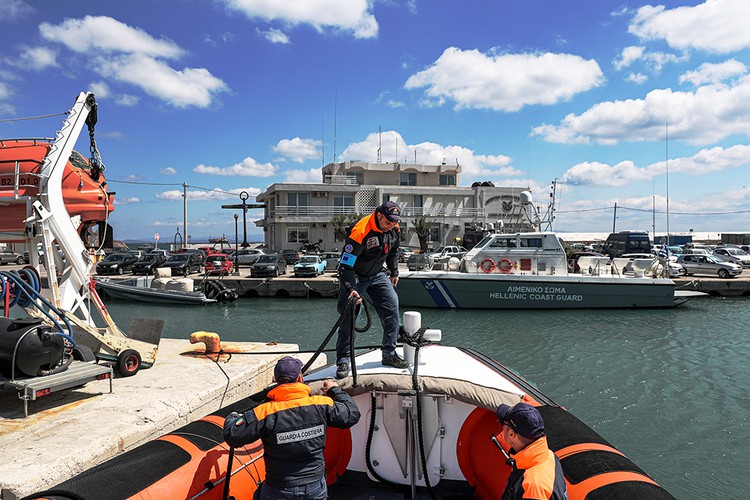

The number of irregular border crossings detected on the European Union’s external borders last year fell to the lowest level since 2013 due to a drop in the number of people reaching European shores via the Central and Western Mediterranean routes.
Preliminary 2019 data collected by Frontex, the European Border and Coast Guard Agency, showed a 6% fall in illegal border crossings along the EU’s external borders to just over 139 000. This is 92% below the record number set in 2015.
The number of irregular migrants crossing the Central Mediterranean fell roughly 41% to around 14,000, while the number of those detected in the Western Mediterranean dropped approximately 58% to around 24,000.
Despite the general downward trend, the Eastern Mediterranean saw growing migratory pressure starting in the spring. It peaked in September and then started falling in accordance with the seasonal trend. In all of 2019, there were more than 82,000 irregular migrants detected on this route, roughly 46% more than in the previous year. In the second half of 2019, irregular arrivals in the region were at the highest since the implementation of the EU-Turkey Statement in March 2016.
Read more








